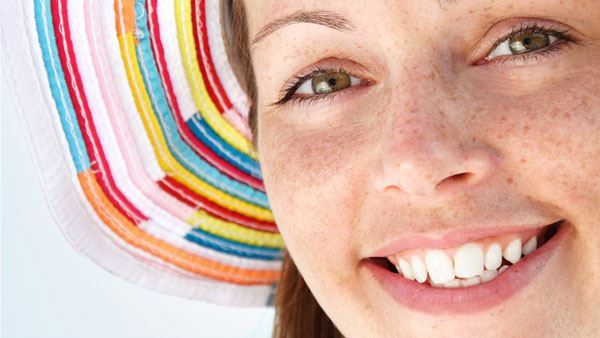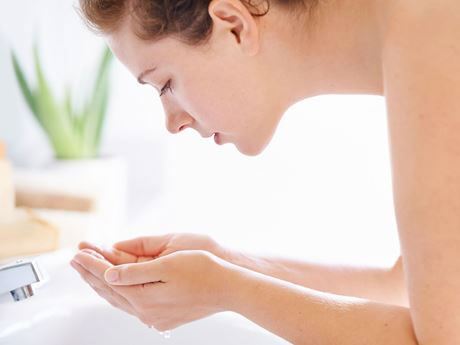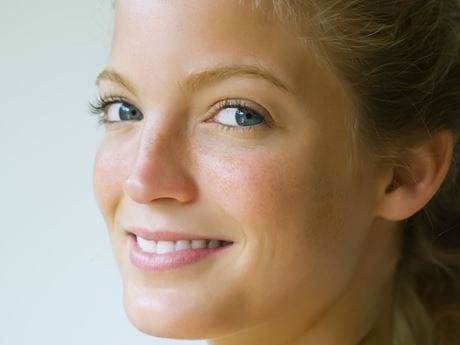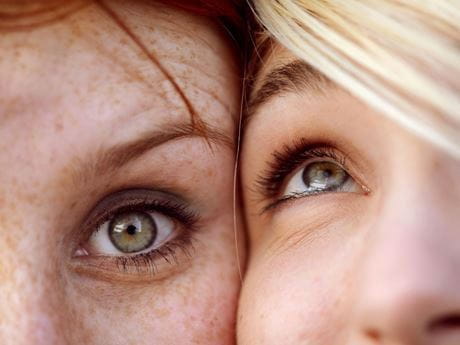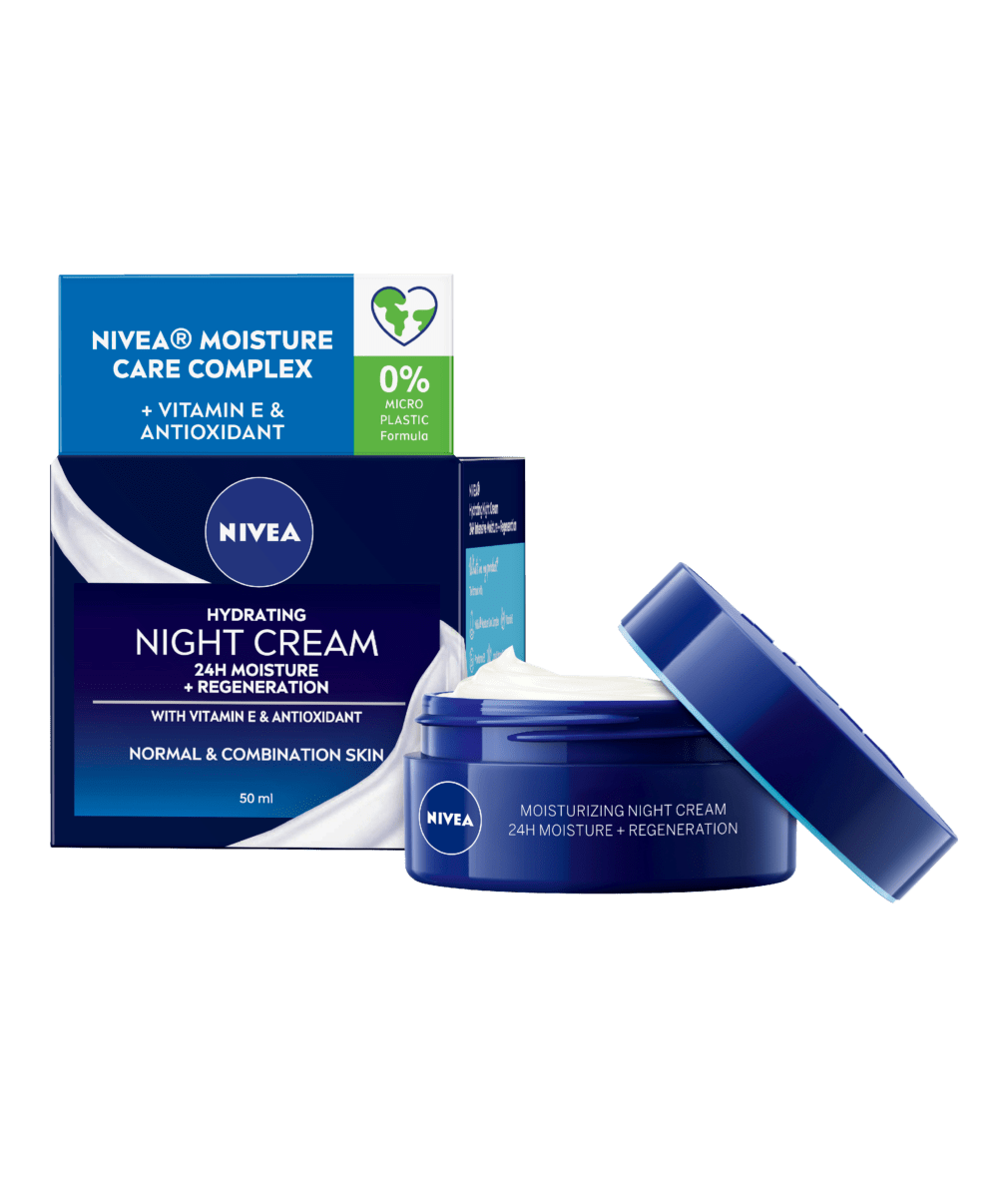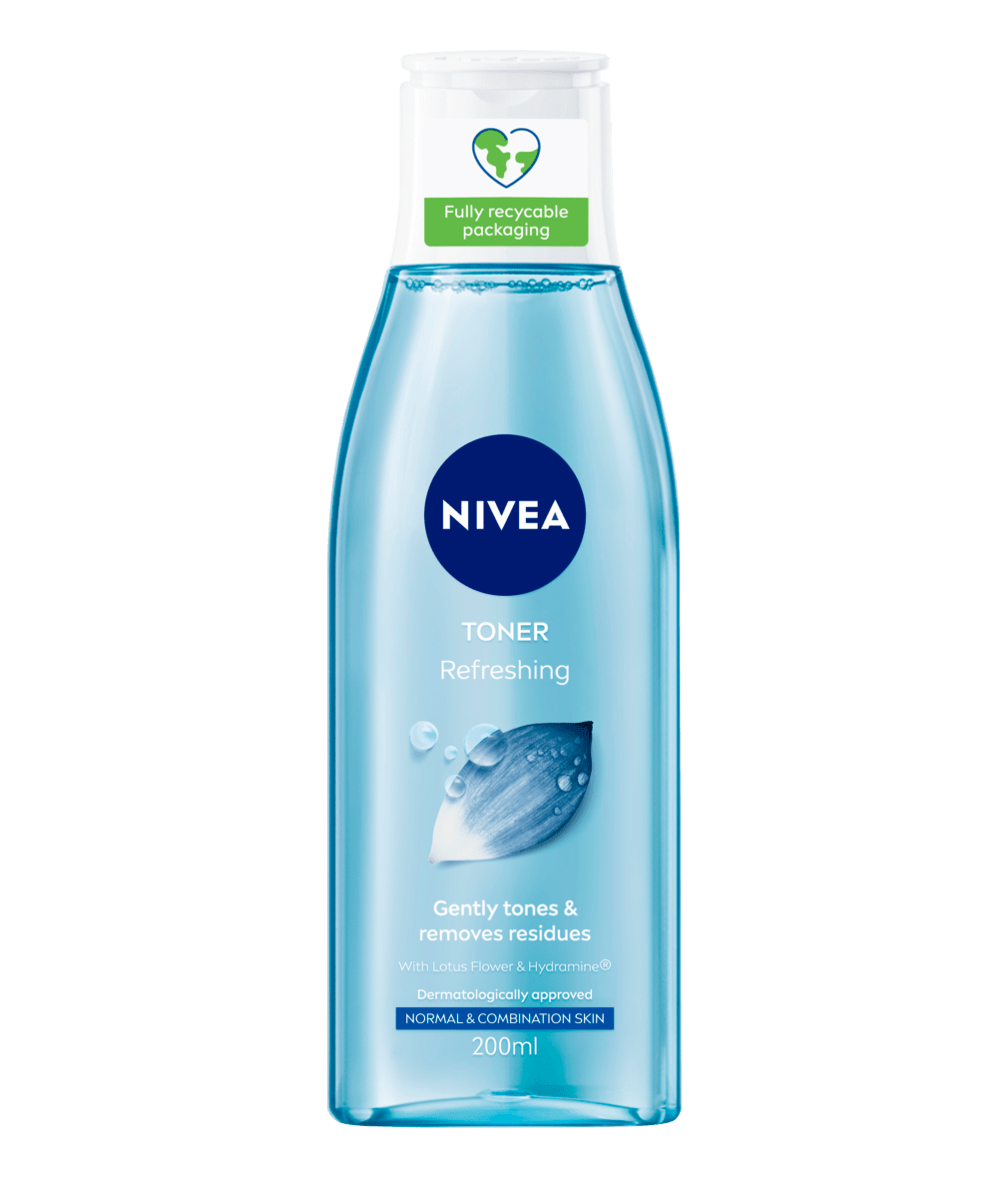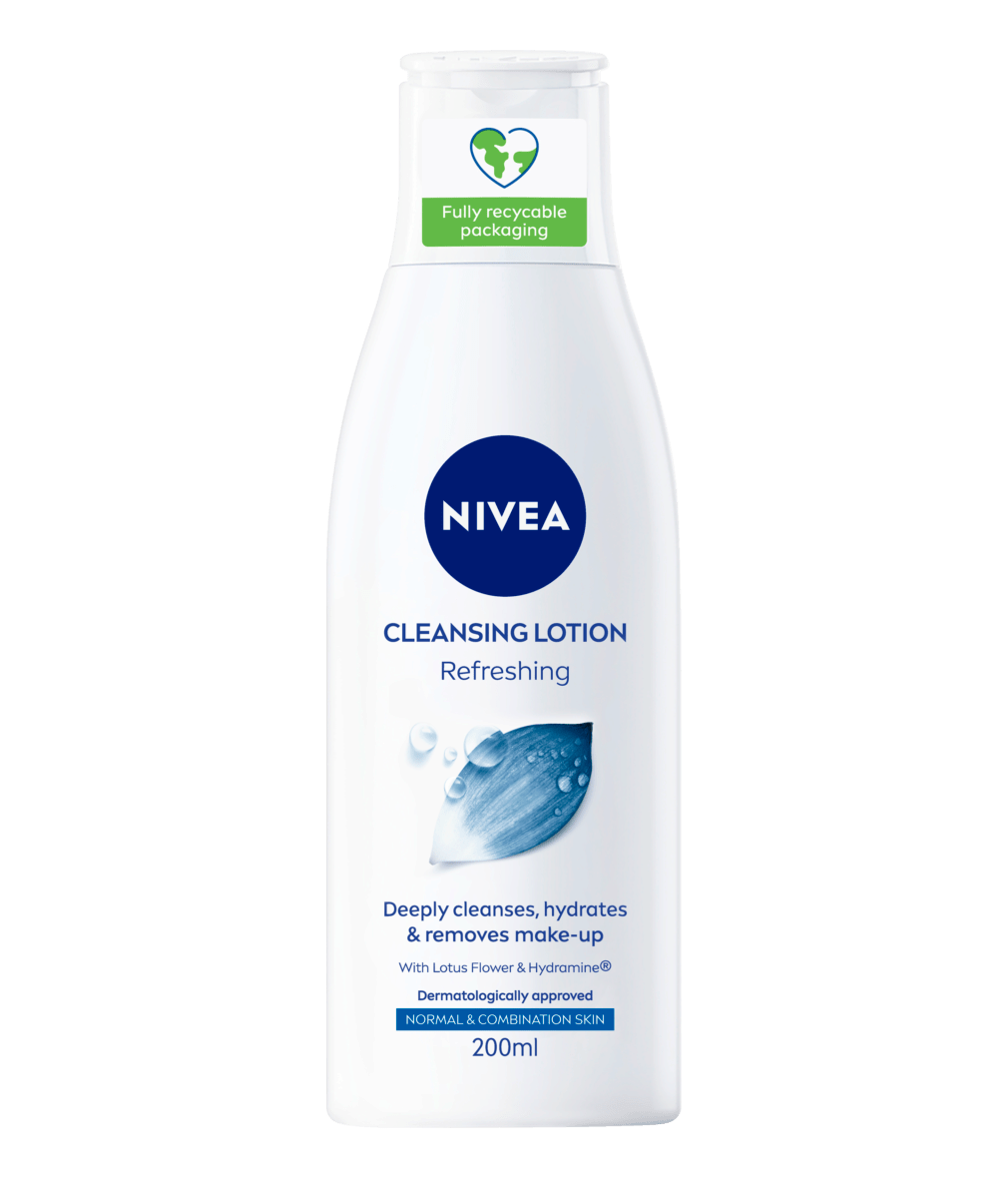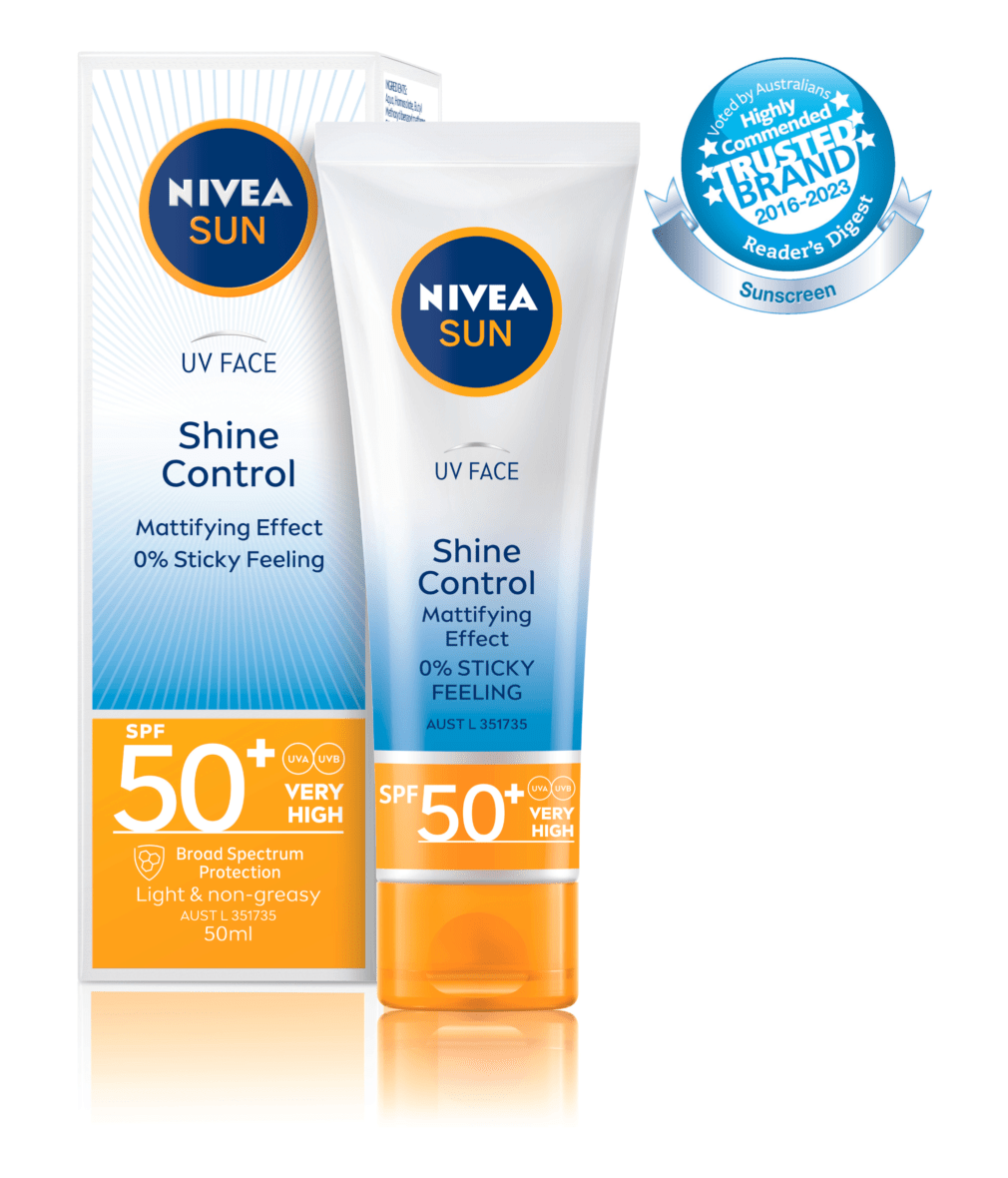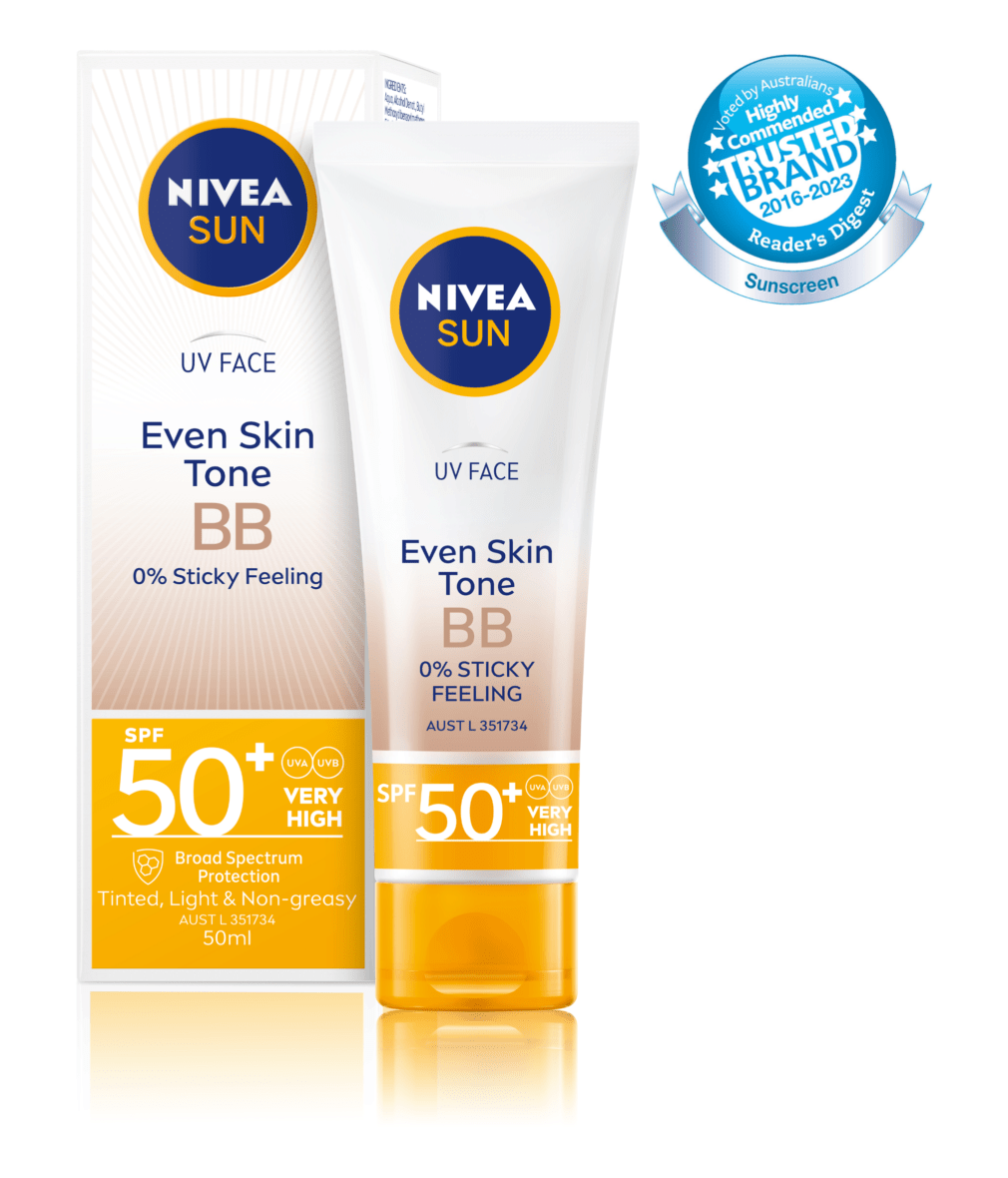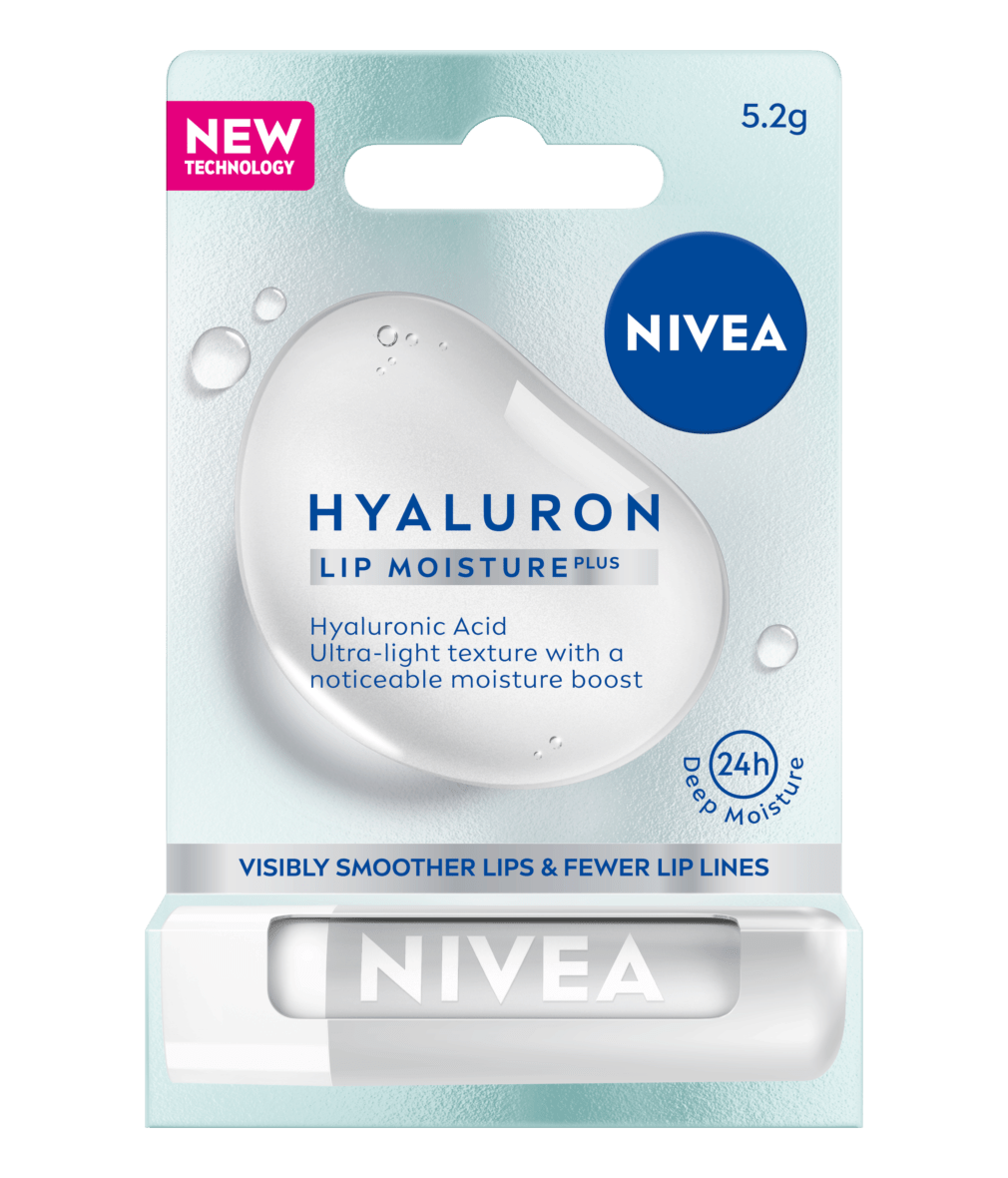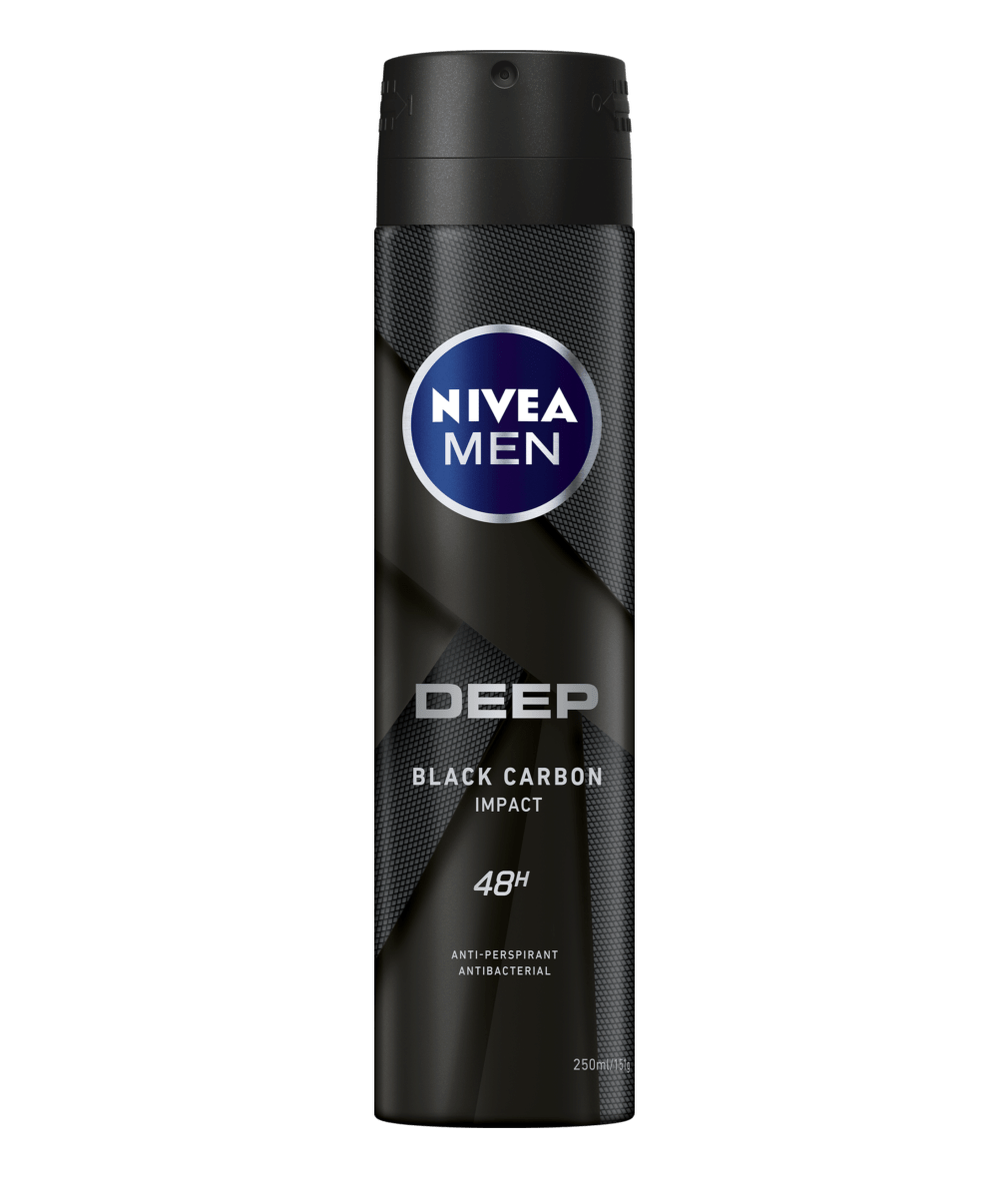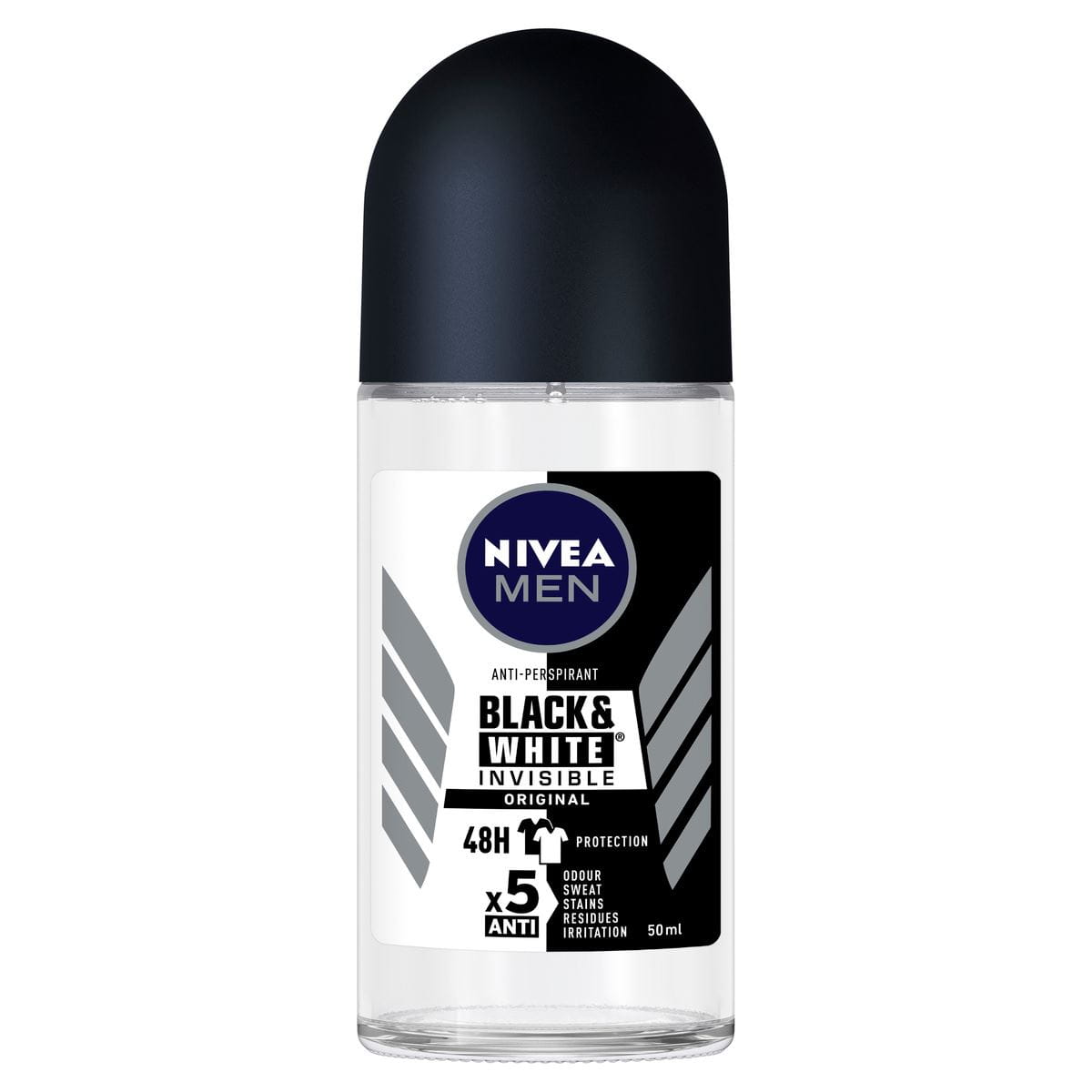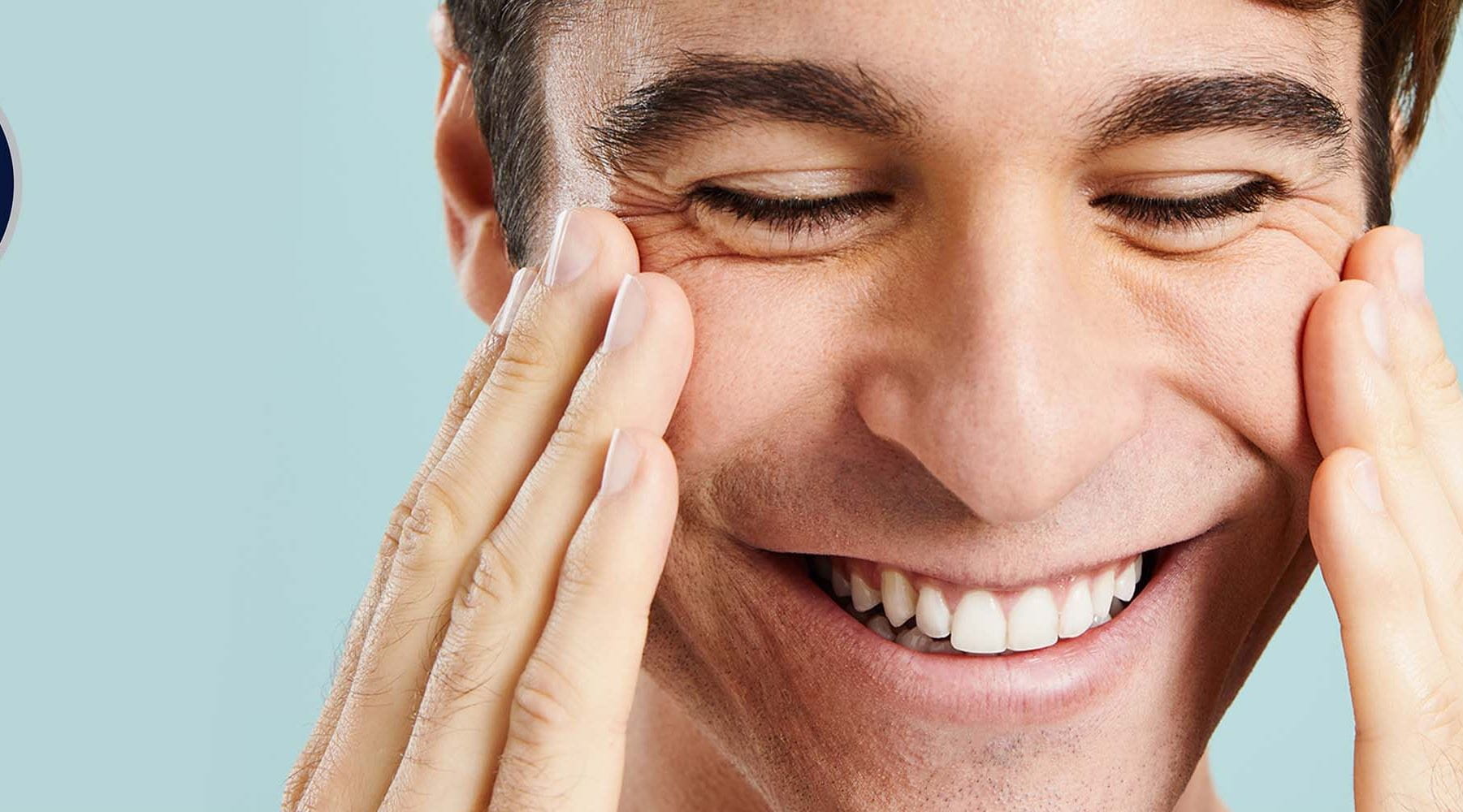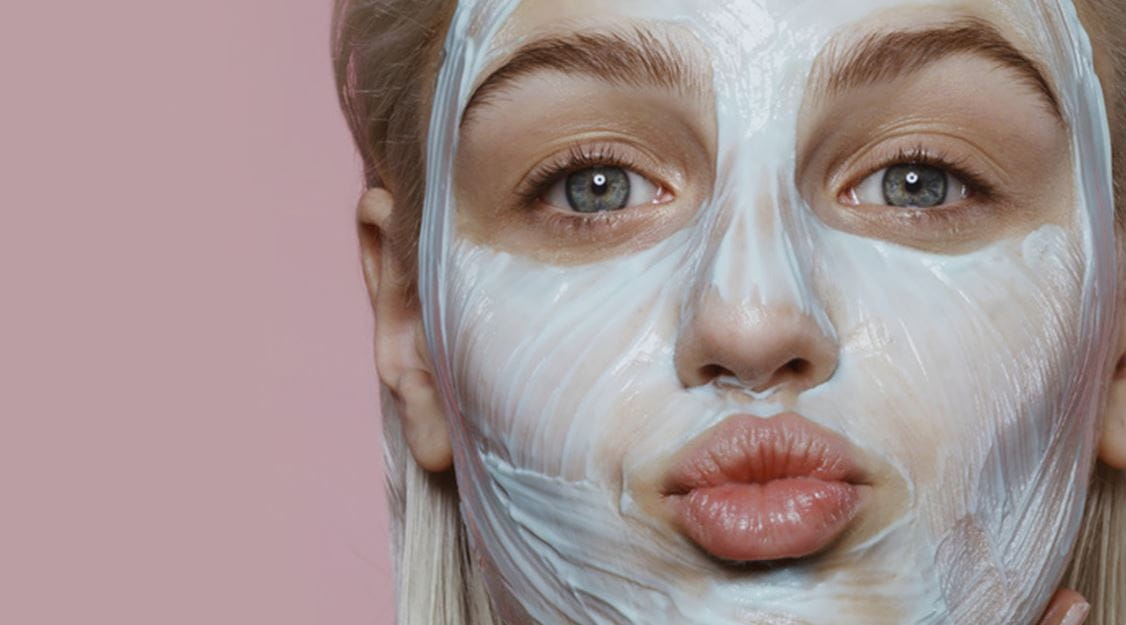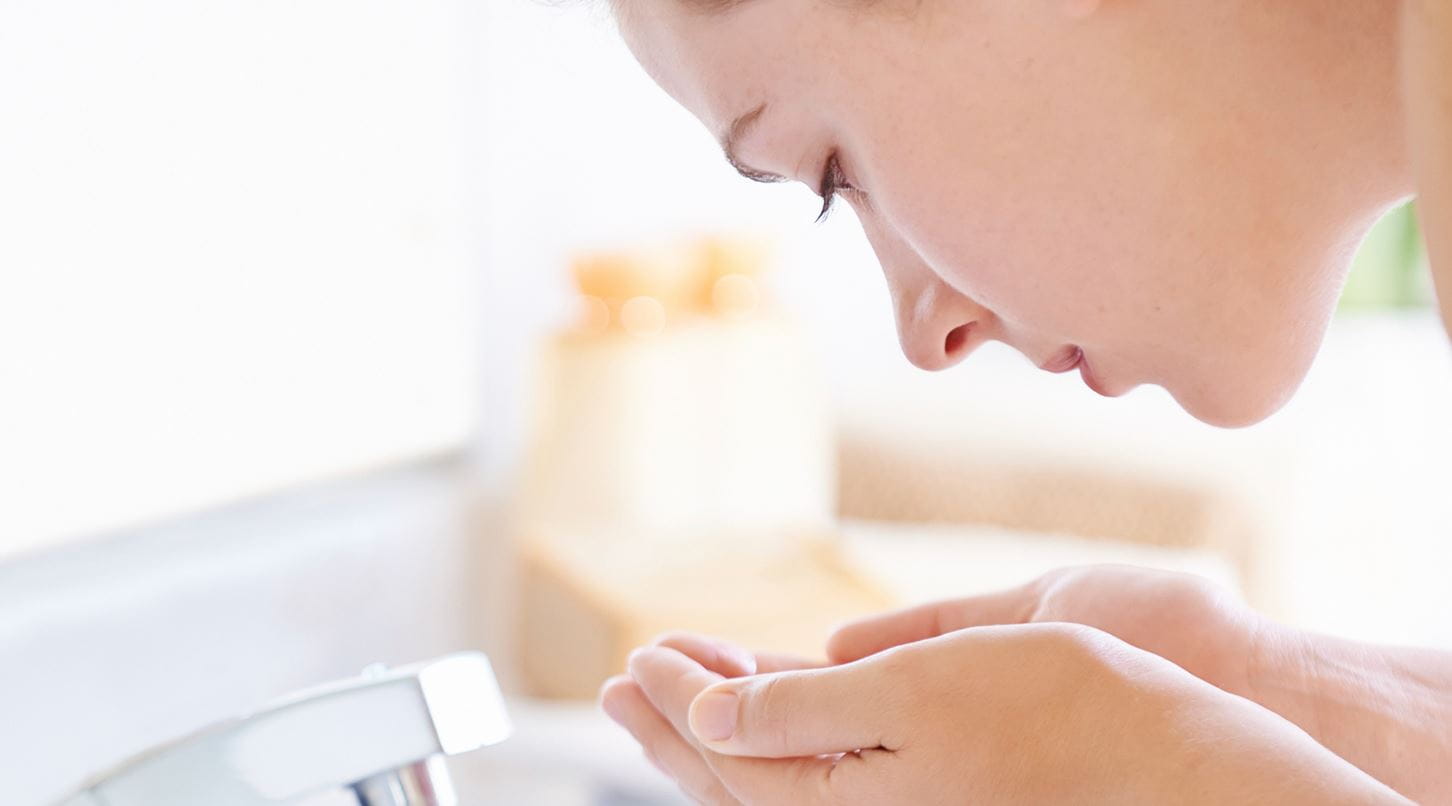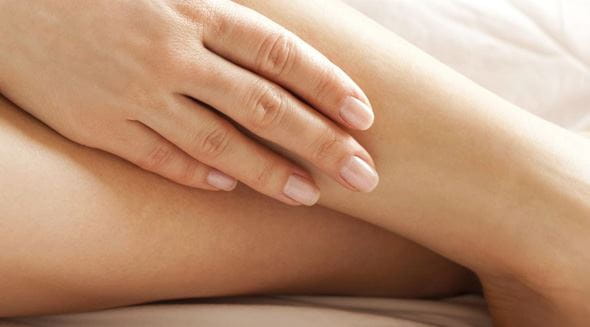Freckles are brown spots found on skin that is regularly exposed to sun - they are smooth to touch and, unlike moles, are not raised up from the skin’s surface. The colour of freckles is caused by a pigment called melanin. The more time you spend in the sun, the more melanin is produced, which is why you might notice more skin freckles after being outside on a sunny day.
Genes also play a big part in who gets freckles. If certain members of the family are prone to freckled skin, it’s likely that others will be too. Nobody is born with freckles, but they usually start to develop during childhood and sometimes vanish during adulthood as we get older. Don’t be alarmed if your freckles fade in the winter and darken in the summer – this is completely normal.
CAN ANYONE GET FRECKLES?
Anybody can have freckled skin, but the colour of the specks may be lighter or darker depending on your hair and skin colour. People with red-coloured hair and fair skin are more likely to have freckles, but this is just one of many factors that affect whether skin freckles.


